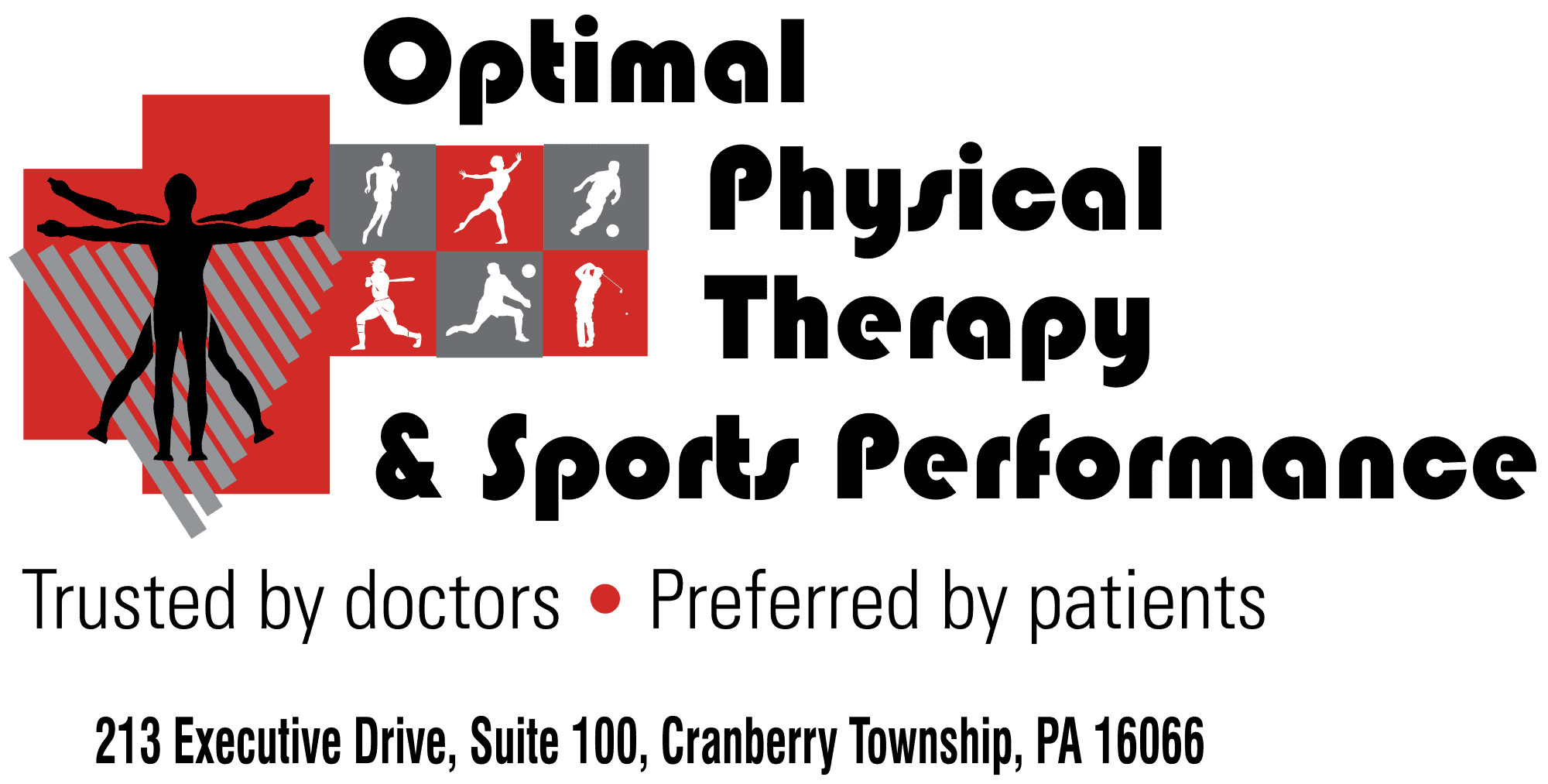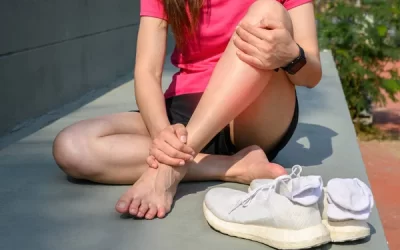Medial Tibial Stress Syndromes – Shin Splints
“Shin splints” is a general term that is used to describe pain often accompanied by tenderness along the front of the lower leg. The tibia is the larger of the lower leg bones and runs from the knee to the ankle. It can be felt running along the front of your shin. Many muscles attach to the tibia and the bone is covered by periosteum which has a good blood and nerve supply. Medial tibial stress syndromes are commonly caused by prolonged running or walking or repetitive jumping.
Shin pain is most commonly diagnosed as a stress fracture of the tibia or an overuse syndrome of the muscles and their attachment to the periosteum. The difficulty in diagnosing between these two conditions is that stress fractures are often missed on X-ray because the hairline fracture is typically not seen until after about 3 weeks when the new bone growth becomes visible. A bone scan or MRI would better detect a stress fracture but are not typically ordered early after pain onset due to the cost. We rely on clinical signs and symptoms to guide the diagnosis if radiographic tests are not conclusive or have not been taken.
Typically, stress fractures have more localized area of pain and tenderness to palpation and muscular inflammatory problems tend to have a larger area of pain and tenderness. Stress fractures tend to be painful during the running, walking or jumping and the pain resolves shortly after the activity is finished. Muscular inflammatory injuries tend to hurt early in the morning, and progress in intensity with the higher level activity. After the painful activity is finished, the pain tends to linger for hours afterward even with rest.
Stress fractures definitely need a period of rest to allow the bone to heal and higher level activities need to be put on hold until a physician clears the person to resume. Muscular inflammatory syndromes should be evaluated and treated by physical therapists. If it is a student athlete, the school’s athletic trainer should be involved in the process. A thorough biomechanical evaluation should be performed to determine the cause of the overuse syndrome. Typically, the problem involves a combination of training errors, muscular tightness and/or weakness, and an improper amount of either shock absorption or more likely a lack of stability in the shoe for the patient’s foot and ankle type. The multiple combinations of causes and treatment options are determined by the evaluation. If you are suffering from “shin splints”, please call us at 724-779-1300 and schedule and evaluation before the problem becomes chronic, very painful and limits your activity.



